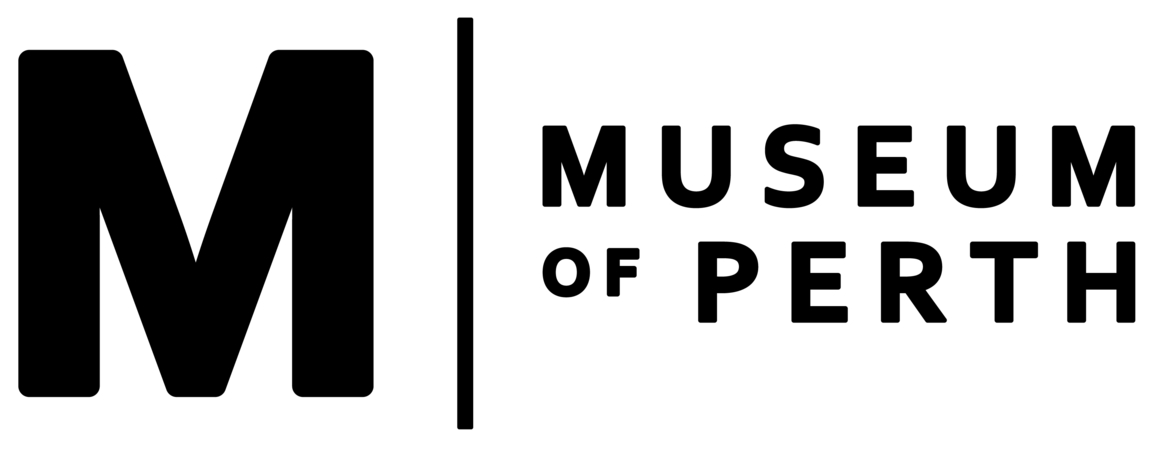Warndulier
Warndoolin / Warndoolier/ Warnddolin / Warnddolier
Description & Location
This is the name for a section of the bilya (Swan River), upstream from Buneenboro (Perth Water) that flows around the Burswood Peninsula. It may also include Walter’s Brook, which feeds into the river directly north of Banks Reserve. Walter’s Brook is reported to have originated much further inland in the past and would have provided fresh water for those camping inland.
The path of the river is said to have been created by the giant rainbow snake of Noongar Dreaming, the Waugyl, as it meandered its way towards the ocean, the twists and bends of Warndulier being one of the most prominent aspects of its journey. Warndulier wraps around the Burswood Peninsula, which was mostly low lying and ascending into a ridge as it turns south, developing into a steep sandy hill as the peninsula edged into the area now known as Victoria Park.
There is evidence to indicate that Noongar people occupied this low, sandy peninsula for many thousands of years. The eastern edge of the peninsula was once a traditional ceremonial site, as evident by artefacts scattered in the area. The western side of the peninsula, where the freeway passes over, was utilised by local Noongar people as well as more northern Aboriginal groups for housing up until the 1920s.
Munday, a prominent Noongar Elder and leader, would have travelled through the peninsula to visit the people of the South Perth district. The people of Munday’s tribe totalled 32 in 1837, with only five members being children, a significant decrease exposing the effects of colonisation on the Noongar people.
The land across the river opposite to the Burswood Peninsula was a Noongar camping ground up until the twentieth century. Known today as Bardon Park, this protected camping area was called Malgamongup by Noongar people and translated to “on the shoulder, the place of the spearwood camp on the hill”.
Further upstream from Warndulier is the Noongar site of Wu-rut, also known today as Maylands Peninsula.
References
Forster, P. (2018). Noongar Place Names: Swan-Canning Estuary and Environs, p. 19. Retrieved from https://patforsterblog.files.wordpress.com/2018/02/noongar-placenames-without-downloaded-images.pdf.
Hughes-Hallett, D. (2011). Indigenous History of the Swan and Canning Rivers. Perth, WA: Swan River Trust, p. 51.
Department of Planning, Land and Heritage. (2019). Burswood District Structure Plan, Section 3: The Peninsula. Retrieved from https://www.dplh.wa.gov.au/information-and-services/district-and-regional-planning/district-and-sub-regional-structure-plans/burswood-peninsula-district-structure-plan.
State Library of NSW. (1899). Box 5 Folder 1: Western Australian Place Names, 1899-1903, p. 25.
State Records Office of WA. Cons993. 1948/0150. List of native names for naming farms, etc., p. 162.
The Western Australian Journal. (1833, April 20). The Perth Gazette and Western Australian Journal, p. 64. Retrieved from http://nla.gov.au/nla.news-article642121.
Maps
Battye Library. 1D 20 Chains- City of Perth, Map Cabinet 56, Drawer 1.
East Perth Power Station and island. 1922, 111574PD

